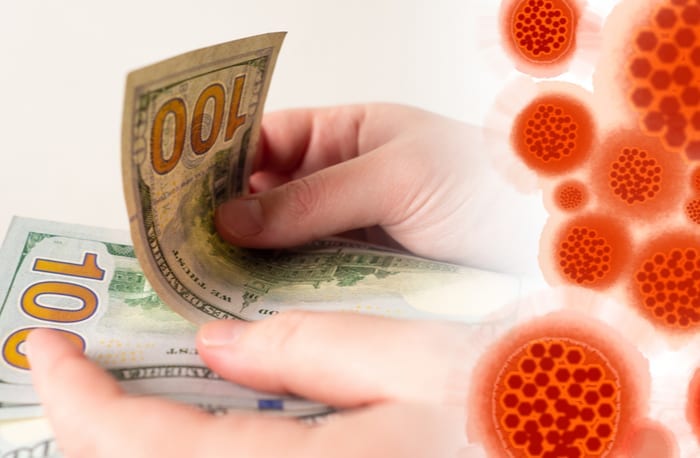
To fight the coronavirus pandemic, the U.S. government said it is planning to borrow $2.99 trillion in the second quarter this year, a record number, according to The Wall Street Journal.
That amount is over five times as much as the country borrowed at the height of the Great Recession in 2008.
The the total debt for this fiscal year will be $4.5 trillion. By comparison, last year, the government borrowed $1.28 trillion.
Since the pandemic began in full in mid-March, the government has allotted around $3.6 trillion for efforts to stem the tide of the virus and help businesses and various sectors of the economy. That funding included aid for hospitals, small businesses, more testing, unemployment boosts, and direct payments to millions of people all over the country. All the while, tax revenue is sinking due to the millions of layoffs as much of the economy remains shut down all over the country.
And there will likely be more spending to further aid various parts of the economy, driving the overall bill higher.
All in all, the Congressional Budget Office projected a 12 percent shrinkage of the economy in Q2. The jobless rate will likely sit at around 14 percent, which will lead to a $3.7 trillion budget gap by the end of the year. The CBO, which is nonpartisan, predicted an 18 percent GDP deficit, which would constitute the highest amount since World War II ended.
However, none of this has deterred the markets much yet, as borrowing costs show that there’s still plenty of room for the government to borrow. The global demand for Treasuries has outpaced the concerns about deficits, making the yields on 10-year Treasury stay at record lows. The yield on the 10-year Treasury note was 0.629 percent Monday (May 4), down from 2.485 percent a year ago.
Conservative lawmakers have pointed to the swiftly increasing debt as a reason to slow down before making more major financial moves, however.